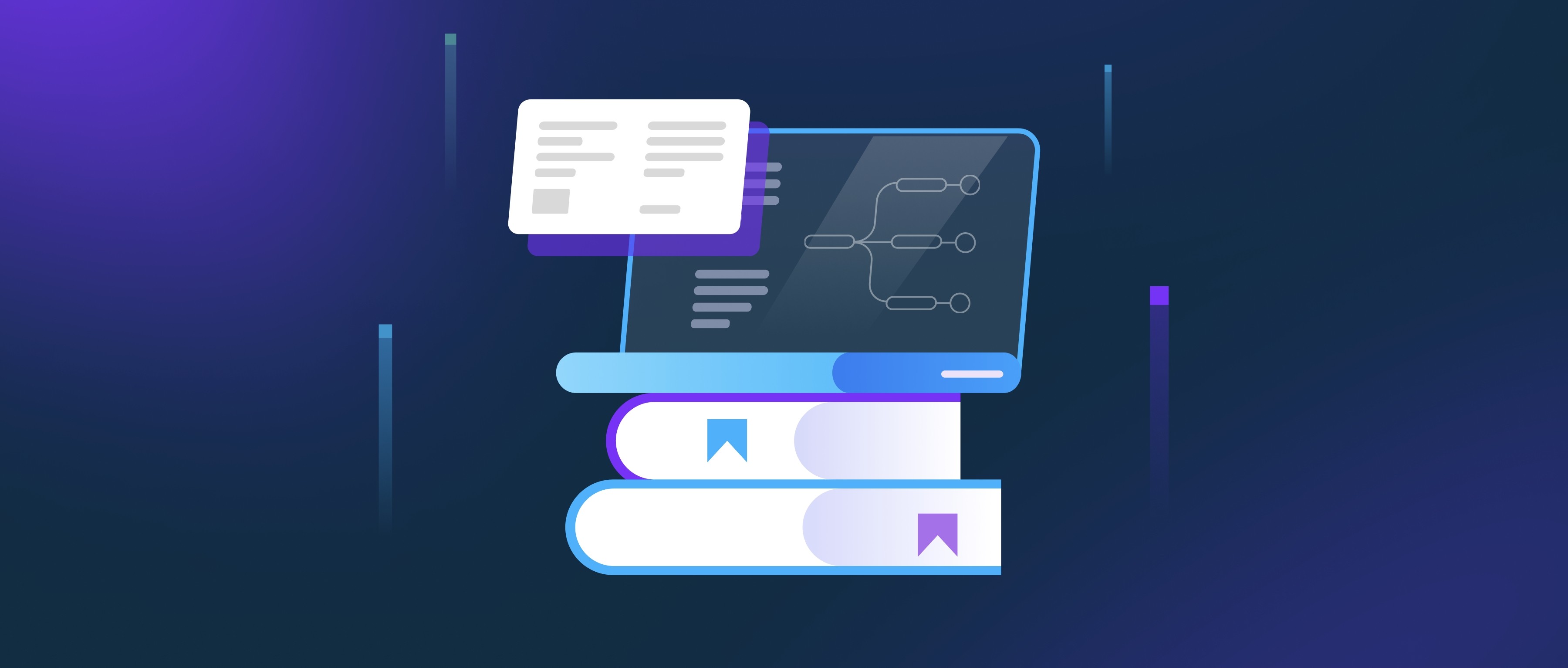OpenAI approaches ambiguous queries by employing models designed to interpret and respond to unclear or vague questions. When a user inputs a query that lacks specific details, the model analyzes the context and common interpretations of the terms used. For instance, if someone asks, "What’s the best way to fix it?", the model will first identify "it" and then provide a general response that could address multiple scenarios, such as software bugs, hardware issues, or even a vague request for guidance.
To improve the handling of ambiguous queries, OpenAI’s models often utilize context from previous interactions or follow-up questions. If the system detects that a user’s initial query is vague, it may suggest additional questions or request more details for clarification. For example, after an ambiguous query about a programming problem, the model may respond with suggestions like, “Can you specify what programming language you are using?” or “What type of issue are you experiencing?” This encourages a more productive dialogue and helps the model provide relevant answers.
In practical terms, this means that when developers query OpenAI for help with programming tasks or troubleshooting, they might receive general advice that covers several possible interpretations of their question. For instance, if a developer asks for help with “authentication,” it could lead to discussions about securing web apps, API authentication methods, or user login flow best practices, depending on the context. By handling ambiguity in this way, OpenAI aims to make interactions more effective and responsive, allowing users to clarify their needs and receive tailored information.
